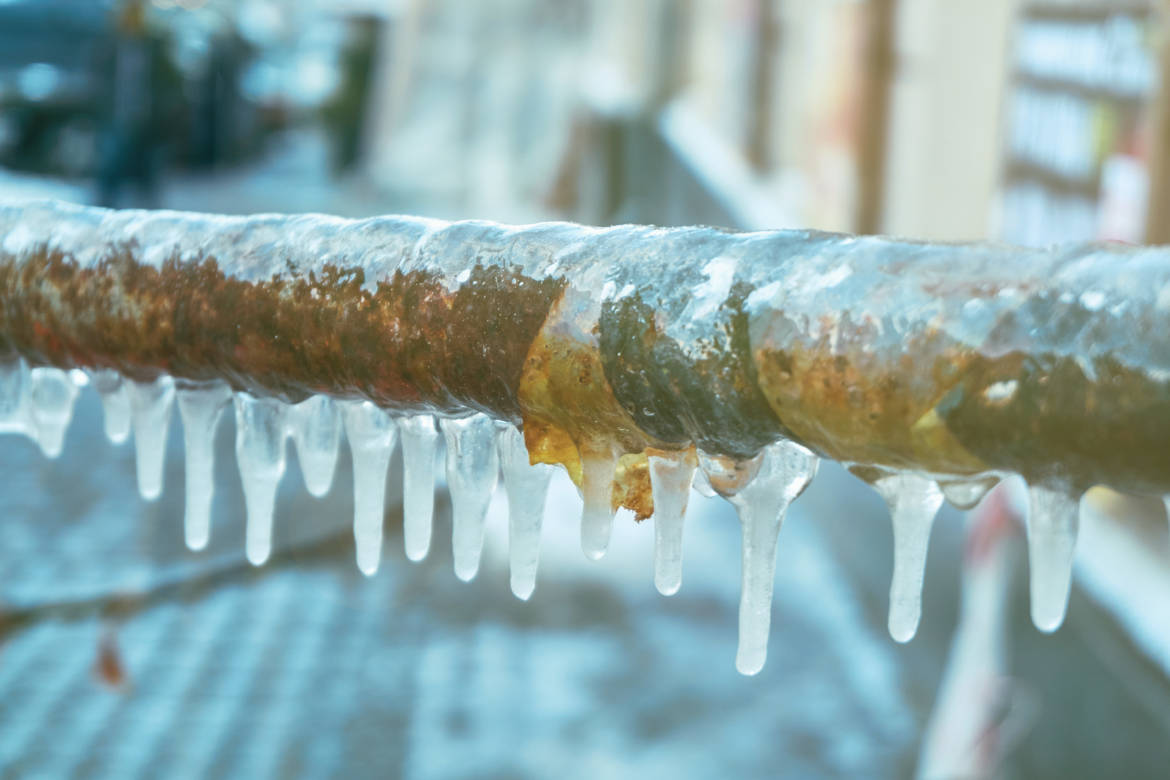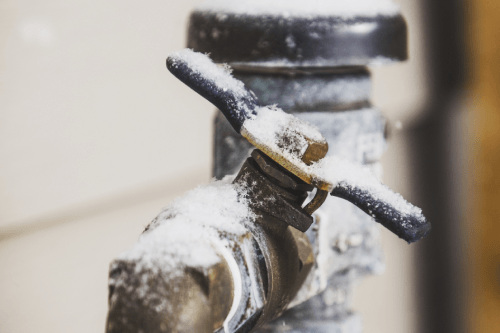Ways to Maintain Your Pipes from Freezing Issues: Crucial Advice
Ways to Maintain Your Pipes from Freezing Issues: Crucial Advice
Blog Article
The content following next about How To Avoid Freezing Pipes is exceptionally engaging. Don't skip it.

Winter can ruin your pipes, especially by freezing pipelines. Here's just how to avoid it from taking place and what to do if it does.
Introduction
As temperature levels drop, the threat of frozen pipelines rises, potentially resulting in expensive repairs and water damage. Comprehending just how to avoid icy pipes is critical for homeowners in cold environments.
Understanding Frozen Pipes
What causes pipelines to freeze?
Pipes ice up when revealed to temperatures listed below 32 ° F (0 ° C) for prolonged periods. As water inside the pipelines freezes, it increases, taxing the pipe wall surfaces and potentially causing them to rupture.
Risks and problems
Frozen pipelines can lead to water system disturbances, residential or commercial property damage, and expensive repairs. Burst pipes can flood homes and cause considerable architectural damage.
Indicators of Frozen Water Lines
Recognizing icy pipes early can avoid them from breaking.
Just how to recognize icy pipes
Search for decreased water flow from faucets, uncommon odors or sounds from pipelines, and noticeable frost on subjected pipelines.
Avoidance Tips
Insulating prone pipelines
Cover pipelines in insulation sleeves or utilize warmth tape to protect them from freezing temperature levels. Focus on pipes in unheated or exterior areas of the home.
Home heating strategies
Maintain interior areas adequately heated, specifically areas with pipes. Open up cabinet doors to allow warm air to circulate around pipelines under sinks.
Shielding Exterior Plumbing
Garden hose pipes and outdoor taps
Detach and drain yard tubes before winter season. Install frost-proof spigots or cover exterior taps with insulated caps.
What to Do If Your Pipelines Freeze
Immediate actions to take
If you think icy pipes, maintain faucets open to eliminate pressure as the ice thaws. Utilize a hairdryer or towels soaked in warm water to thaw pipelines slowly.
Long-Term Solutions
Architectural changes
Consider rerouting pipelines away from outside wall surfaces or unheated areas. Add extra insulation to attic rooms, cellars, and crawl spaces.
Updating insulation
Purchase high-grade insulation for pipes, attics, and wall surfaces. Proper insulation assists preserve consistent temperature levels and reduces the risk of frozen pipes.
Final thought
Protecting against icy pipelines needs positive procedures and fast actions. By comprehending the causes, indications, and preventive measures, homeowners can protect their plumbing during cold weather.
5 Ways to Prevent Frozen Pipes
Drain Outdoor Faucets and Disconnect Hoses
First, close the shut-off valve that controls the flow of water in the pipe to your outdoor faucet. Then, head outside to disconnect and drain your hose and open the outdoor faucet to allow the water to completely drain out of the line. Turn off the faucet when done. Finally, head back to the shut-off valve and drain the remaining water inside the pipe into a bucket or container. Additionally, if you have a home irrigation system, you should consider hiring an expert to clear the system of water each year.
Insulate Pipes
One of the best and most cost-effective methods for preventing frozen water pipes is to wrap your pipes with insulation. This is especially important for areas in your home that aren’t exposed to heat, such as an attic. We suggest using foam sleeves, which can typically be found at your local hardware store.
Keep Heat Running at 65
Your pipes are located inside your walls, and the temperature there is much colder than the rest of the house. To prevent your pipes from freezing, The Insurance Information Institute suggests that you keep your home heated to at least 65 degrees, even when traveling. You may want to invest in smart devices that can keep an eye on the temperature in your home while you’re away.
Leave Water Dripping
Moving water — even a small trickle — can prevent ice from forming inside your pipes. When freezing temps are imminent, start a drip of water from all faucets that serve exposed pipes. Leaving a few faucets running will also help relieve pressure inside the pipes and help prevent a rupture if the water inside freezes.
Open Cupboard Doors
Warm your kitchen and bathroom pipes by opening cupboards and vanities. You should also leave your interior doors ajar to help warm air circulate evenly throughout your home.

Hopefully you liked our piece on How to Prevent Your Pipes From Freezing. Thank you so much for finding the time to read through our blog post. Loved our piece of writing? Please share it. Let somebody else discover it. We thank you for reading our article about How to prepare your home plumbing for winter weather.
Book Your Service Report this page